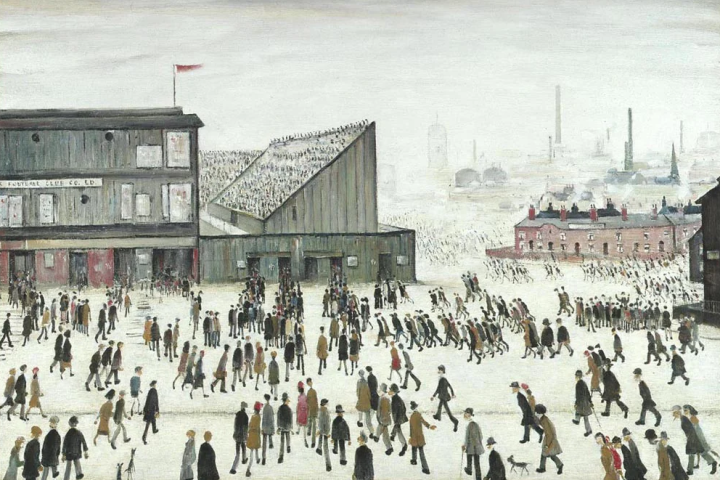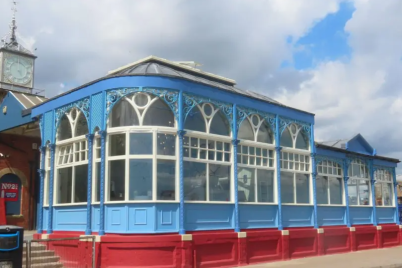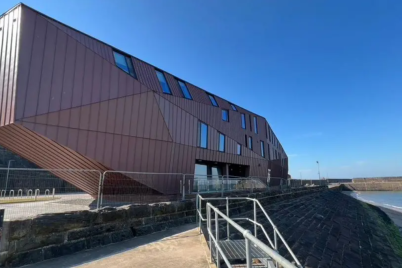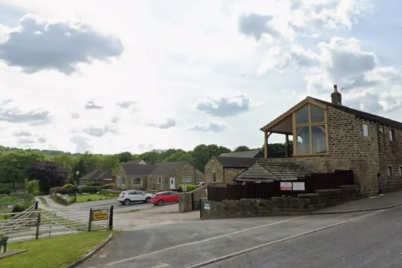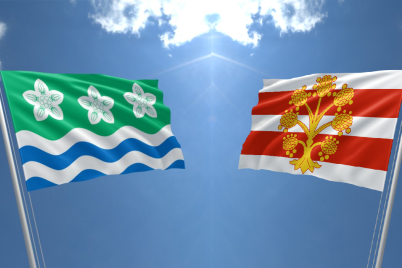A rare LS Lowry painting showing rugby league fans heading to a match is expected to sell for up to £3 million when it goes under the hammer in London later this month.
The 1928 work, titled Going to the Match, captures a crowd of spectators walking towards an unknown rugby ground. It is believed to depict supporters of either Salford Red Devils or the nearby Swinton Lions, reflecting Lowry’s fascination with the lives of ordinary working people in the north of England.
The painting will be auctioned by Christie’s in its Modern British and Irish Art evening sale on 22 October. It follows the record-breaking sale of another Going to the Match — Lowry’s 1953 depiction of football fans at Bolton Wanderers’ former Burnden Park ground — which sold for £7.8 million in 2022.
Nick Orchard, Christie’s head of modern British and Irish art, said Lowry’s sporting works hold a special place in his portfolio. “Lowry, who was a great observer of human life, and a lover of sport, found great inspiration in the crowds that would mass to sporting events, particularly football, rugby and cricket,” he said. “Although he also recorded the workers going to and from the factories and mills, in the sporting paintings, which are much rarer, he was able to capture the people of Manchester at rest, enjoying going to follow and cheer on their local teams.”
Lowry’s work is synonymous with industrial northern England — its mills, terraced streets, and figures often referred to as “matchstick men.” Yet Going to the Match reveals a more joyful side to his world. Instead of labourers trudging home under factory chimneys, the painting celebrates leisure, community, and belonging through sport.
The rugby painting’s estimated value reflects both its rarity and the continuing demand for Lowry’s sporting scenes. His football version of Going to the Match achieved global attention when it sold at Christie’s two years ago, setting a new world record for the artist. That sale was particularly notable for its outcome: the buyer was The Lowry arts centre in Salford, ensuring the iconic piece remained in public hands.
At the time, the Players Foundation — the charity that owned the football painting — said financial pressures forced it to sell. The news prompted concern from Salford’s mayor, Paul Dennett, who campaigned for the work to remain “free to access.” His appeal to local leaders and business figures led to a successful campaign backed by the Law Family Charitable Foundation, allowing The Lowry to acquire the masterpiece for the city.
Andrew Law, whose foundation funded the purchase, said then that the painting “belongs in Salford on public view, close to [Lowry’s] birthplace, where he was educated and where he lived.” The painting has remained on display at the gallery, which houses the world’s largest collection of Lowry’s works.
Lowry, who died in 1976, spent most of his life in Salford, where he worked as a rent collector while painting in his spare time. His distinctive, almost naive style has since become emblematic of northern art and life in industrial Britain. His work often focused on the ordinary people he encountered in the streets of Manchester and Salford — workers, football fans, and children playing on cobbled roads beneath smog-filled skies.
The 1928 Going to the Match painting now heading to auction predates the football version by 25 years, offering an early glimpse of Lowry’s fascination with crowds and sport. It reflects the growing popularity of rugby league in the early 20th century, particularly in industrial towns like Salford, Swinton, and Wigan, where factory workers embraced the game as a Saturday ritual.
The upcoming Christie’s sale will also feature several other Lowry paintings from private collections. Among them is Industrial Landscape (1957), valued at between £250,000 and £350,000, and Bourton-on-the-Water (1947), one of the artist’s few paintings of the Cotswolds, expected to fetch £400,000 to £600,000. Another work, A Footbridge from 1938, carries a similar estimate.
Christie’s confirmed that The Lowry gallery in Salford has already expressed interest in the Bourton-on-the-Water piece. Mr Orchard said the venue had asked any future buyer to consider loaning it to the museum, as it would be “the only painting to represent his time in the Cotswolds on display in their collection.”
The 1953 Going to the Match remains one of the most famous British paintings of the post-war era. Its depiction of fans crowding into Bolton’s Burnden Park stadium resonated deeply with audiences, not just as an image of football fandom but as a reflection of community and resilience in industrial Britain. Burnden Park itself — home to Bolton Wanderers from 1895 until 1997 — was a fitting symbol of that history. The club, one of the Football League’s founding members, was a powerhouse in early English football, winning multiple FA Cups and later enjoying a spell in the Premier League under Sam Allardyce in the 2000s.
Lowry’s attachment to Burnden Park and the people who filled its terraces reveals how deeply sport intertwined with working-class identity in the north. The 1928 rugby version of Going to the Match carries the same sentiment — the weekend release from factory life, the shared walk to the ground, the buzz of local pride.
Nearly a century after it was painted, the work continues to evoke that spirit of belonging. Whether in Salford’s red or Swinton’s blue, the fans in Lowry’s scene march with a sense of purpose that transcends time.
As Going to the Match heads to auction once more, art lovers and sports fans alike will watch to see whether the piece stays in the public eye — or disappears into private hands. Either way, it stands as another reminder of Lowry’s enduring genius: capturing not just how the north looked, but how it felt.

